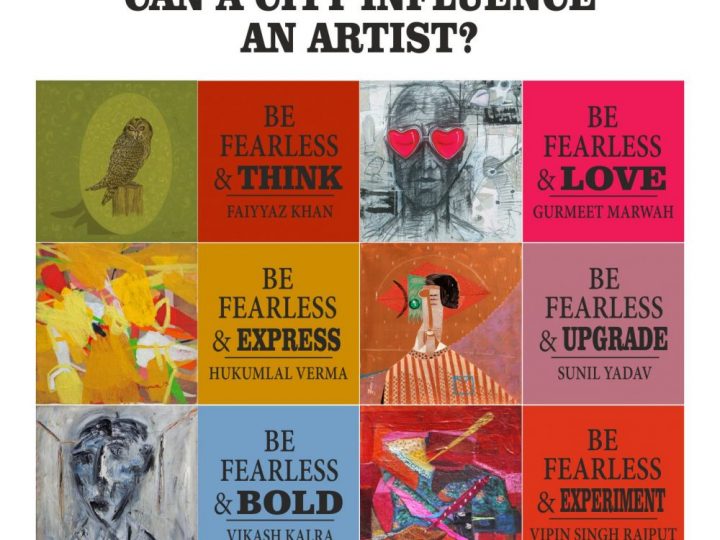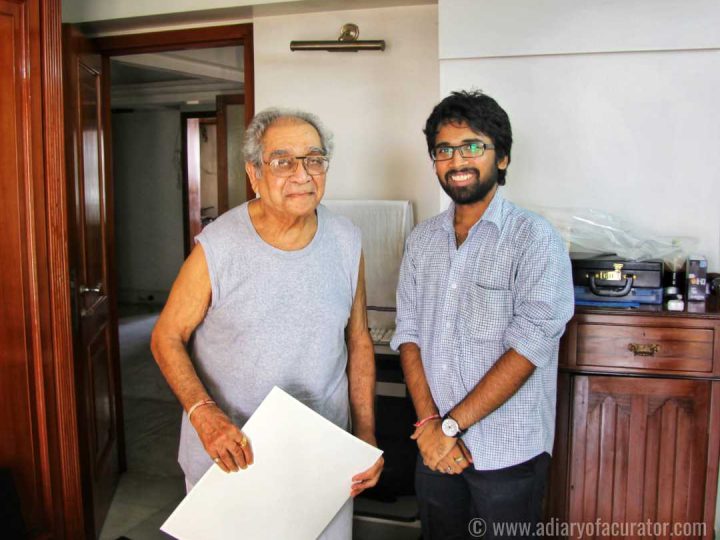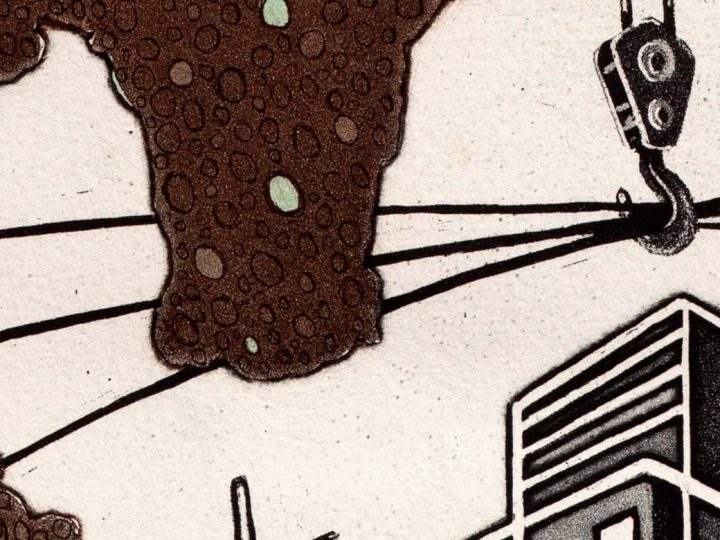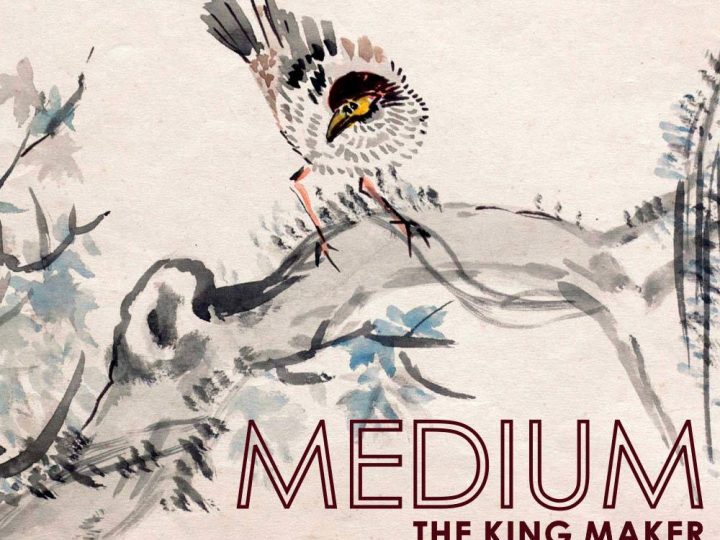Episode 3: Jainsim and Art: The Importance of Chaturavidha Sangha (Jain Ecosystem)
The fourth point in Episode 2 explains a Tirthankar as the one who establishes the ChaturaVidha Sangha. But what is this Sangha? Why is it so important?
The term Sangha in Jainism refers to the fourfold community of a Sadhu (male monk), a Sadhvi (female monk), a Shravak (male household follower/devotee) and a Shravika (female household follower/devotee). Sangha is an important term in Jainism because it is the base of Jain theory and philosophy and according to Jain scriptures, the Sangha will be sustained till the end of the present time. If the Sangha ends, the Dharma (religion) will end too. The Sangha considers every person important. Every single Sadhu, every single Sadhvi, every single Shravak and Shravika – regardless of their gender, position in the society, physical attributes, education, vocation, province, fortune, or family background – matters.
Jain theories and philosophies enhances and enriches our standard of living. Jainism is a fine balance of theory and practicality. The Sangha acts as a foundation or a pillar in acting, maintaining, guiding and making the religion gain momentum. The Sangha follows a democratic approach, that should be in sync, balanced and must go hand in hand. Every viewpoint, perspective and vote is appreciated and only after the Sadhu, Sadhvi, Shravak and Shravika reach an agreement, the Jain society rolls in the modification.
The first row in the picture shows a Sadhu dressed in a simple attire with a Muhapatti (a square white cloth worn across the face and tied behind the ears) in hand, mentioning something to the King. Contrarily, the King is shown standing (honouring the Sadhu) and listening to the Sadhu with praying hands. The second and third row comprises the Shravaks and the Shravikas along with the Sadhvis, who can be clearly distinguished with their simple attire.
You’ll no doubt be intrigued to observe the difference in seating postures of the Sadhu and the Sadhvis in comparison to the Shravaks and Shravikas. Also, the artist has deliberately shown both the hands clasped together, with an intention to make the viewers aware of the praying gesture. The artist would have been very spontaneous in his approach considering the thick and thin, curved and unbreakable lines. This evidences that the artist must have understood the subject pretty well and then painted it. And hence the focus of the painting remains more on the subject and less on the beautification.
Another interesting point to note is that the Sthapnacharya ji drawing is larger than life, thus depicting its importance in Jainism. This work shows the progressive and balanced approach established by the Tirthankars, giving importance to every being in the society.
The beauty of the ChaturaVidha Sangha is that no one owns it or has the right to own it. The ChaturaVidha Sangha is of the people, by the people, for the people.





